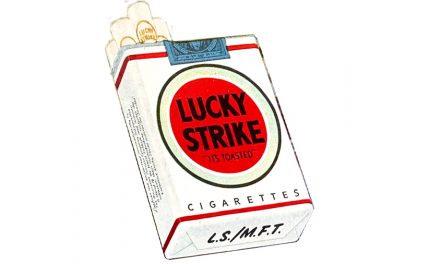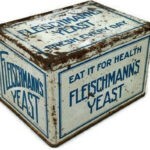
More doctors smoke Camels
than any other cigarette!
There’s much to learn from this cigarette advertisement.
Begin with the premise that advertising is a unique vehicle of commercial communications: It gets the right message to the right people at the right time for the right cost.
Could the message have been created in response to throat problems resulting from smoking? It looks that way! The advertisement admits that cigarette smoking affects smokers’ throats. The message raises the question of throat problems common to smokers. Is the reader having throat problems? Not to worry, the “T‑Zone” test will tell. The T‑Zone — T for taste and T for throat—is the reader’s proving ground for cigarettes.
How then can the copywriter frame the message for the right people? Create an advertisement that tells readers that smoker’s throat is not something that the medical profession is concerned about – not even nose and throat specialists Tell readers that 113,597 doctors were asked about smoking and more of them named Camel as their smoke inferring that doctors didn’t disapprove of smoking because they themselves smoked and Camel was their favorite.

Here’s the main copy
in the advertisement:
And more of them named Camel as their smoke than any other cigarette!
Three independent research groups found this to be a fact.
You see, doctors too smoke for pleasure. That full Camel flavor is just as appealing to a doctor’s taste as to yours…that marvelous Camel mildness means as much to his throat as to yours. Next time, get Camels. Compare them in your “T‑Zone”.
The World Health Organization had this to say
in 2005 about The Role of Health Professionals
in Tobacco Control
Health professionals have a prominent role to play in tobacco control. They have the trust of the population, the media and opinion leaders, and their voices are heard across a vast range of social, economic and political arenas.
At the individual level, they can educate the population on the harms of tobacco use and exposure to second-hand smoke. They can also help tobacco users overcome their addiction.
At the community level, health professionals can be initiators or supporters of some of the policy measures described above, by engaging, for example, in efforts to promote smoke-free workplaces and extending the availability of tobacco cessation resources.
At the society level, health professionals can add their voice and their weight to national and global tobacco control efforts like tax increase campaigns and become involved at the national level in promoting the WHO Framework Convention on Tobacco Control (WHO FCTC).
In addition, health professional organizations can show leadership and become a role model for other professional organizations and society by embracing the tenants of the Health Professional Code of Practice on Tobacco Control.
Camel’s promised
“more puffs per cigarette.”

Nothing in this advertisement on the back page of Collier’s, March 30, 1946, would be believable today. Hopefully! It shouldn’t have been believed back then. Again, as was common with cigarette advertising, there is the “recent National Survey” that surveyed 113,597 doctors. Who conducted the survey? Why was it conducted? When? How? Where can we read the responses to that survey?
We can ask the same questions of the “three independent research groups that found this to be a fact.” What was the “fact” that they found?
Was this an acceptable creative response through advertising to a problem attributable to smoking. You be the judge.
A detailed examination by Martha N. Gardner, PhD and Allan M. Brandt, PhD, of the claims that cigarette companies made about smoking and physicians, was published in the American Journal of Public Health, February 2006: “The Doctor’s Choice is America’s Choice” The Physician in US Cigarette Advertisements, 1930—1953










